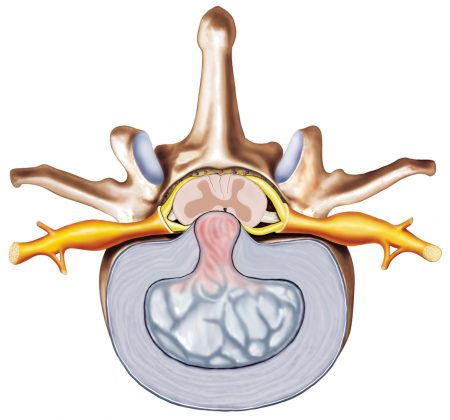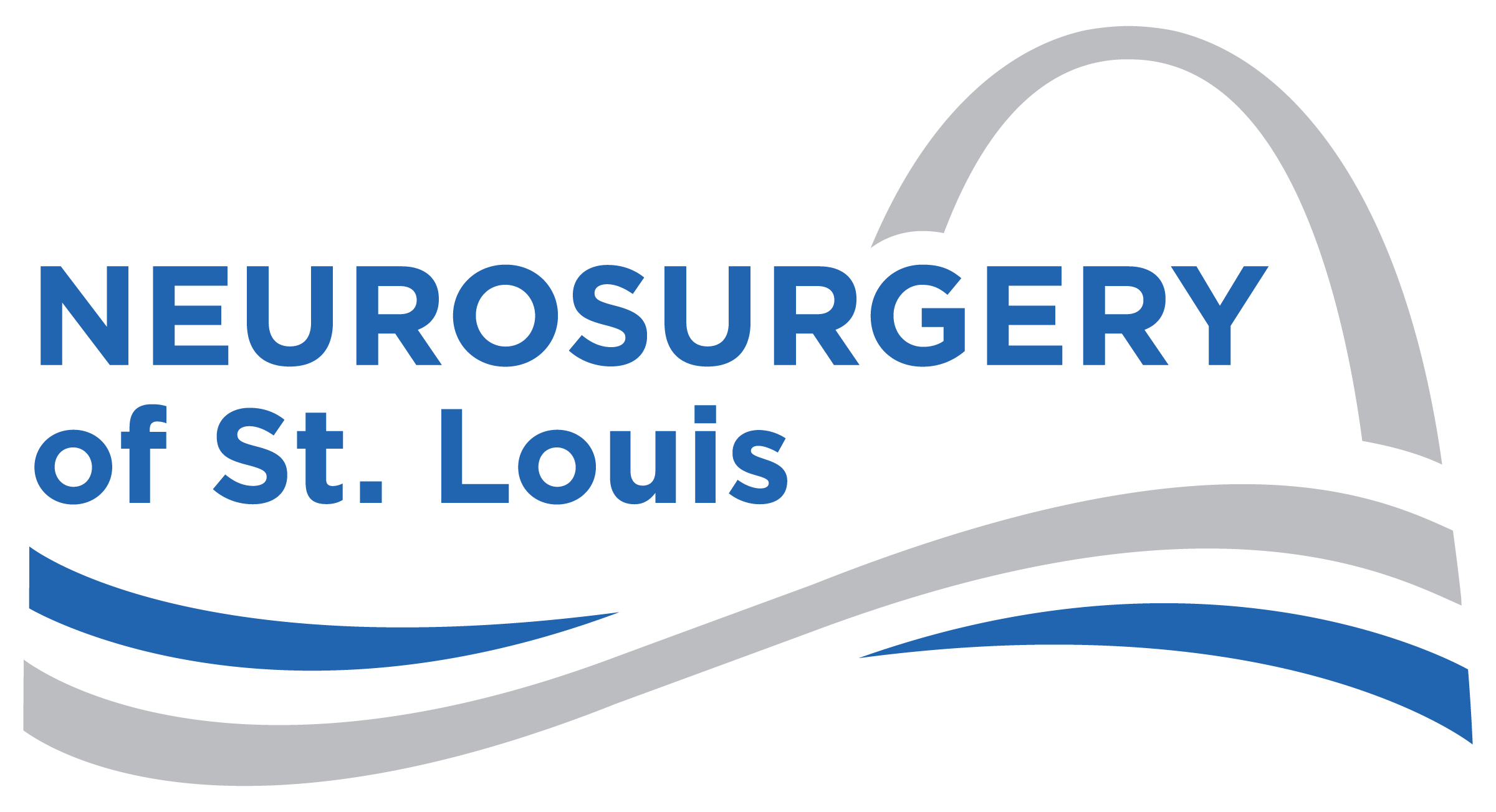CERVICAL STENOSIS CAUSING LOSS OF FUNCTION

What is Cervical Stenosis?
Cervical Stenosis is the narrowing of the canal in your neck that houses your spinal cord and where your nerves originate, causing shooting pain in your neck and arms. Stenosis can also cause a loss of function.
What is Cervical Myelopathy?
Cervical Myelopathy results from compression of the spinal cord in the neck. Symptoms include:
- Numbness of the hands
- Clumsiness of the hands
- Difficulty writing
- Dropping objects
- Arm and/or hand weakness
- Leg stiffness
- Loss of balance
- Loss of bowel or bladder function
- Neck pain–may be present but is not usually a significant Complaint

Learn More About Cervical Myelopathy
The importance of Early Intervention
Diagnosis of cervical myelopathy is often delayed. The most common early sign of the disease, loss of dexterity, can be attributed by patients and even physicians to normal aging. Cervical myelopathy really sneaks up on people. But the earlier you intervene, the better the outcome. Surgical decompression is done to halt the progression of the symptoms. We cannot guarantee that symptoms will improve, thus the importance of early intervention.
How is Cervical Myelopathy Treated?
The primary treatment of cervical myelopathy is to decompress the spinal cord (remove the pressure from it). The surgery is performed to prevent the progression of symptoms. In other words, the goal of surgery is simply to prevent symptoms from getting any worse. Damage that has occurred in the spinal cord itself can heal, but it is impossible to predict the degree of healing.
The exact procedure chosen is based on the location and type of stenosis, the overall alignment of the cervical spine, and many other factors.
The surgeon may perform surgery from the front of the neck, which is called an anterior approach. These surgical procedures may include the following:
- Anterior cervical discectomy and fusion
- Anterior cervical corpectomy
In other situations, the surgeon may perform surgery from the back of the neck, which is called a posterior approach. These surgical procedures may include the following:
- Cervical laminectomy
- Cervical foraminotomy
- Cervical laminectomy and fusion
In some cases, the surgeon may perform surgery using both an anterior and a posterior approach.
schedule an appointment
- Contact Us
Ready to learn more? Contact us today to get started.
Make an Appointment
New & Existing Patients: Request An Appointment
New and existing patients may request an appointment by filling out the form below. Someone from our team will be contacting you to schedule an appointment time.
